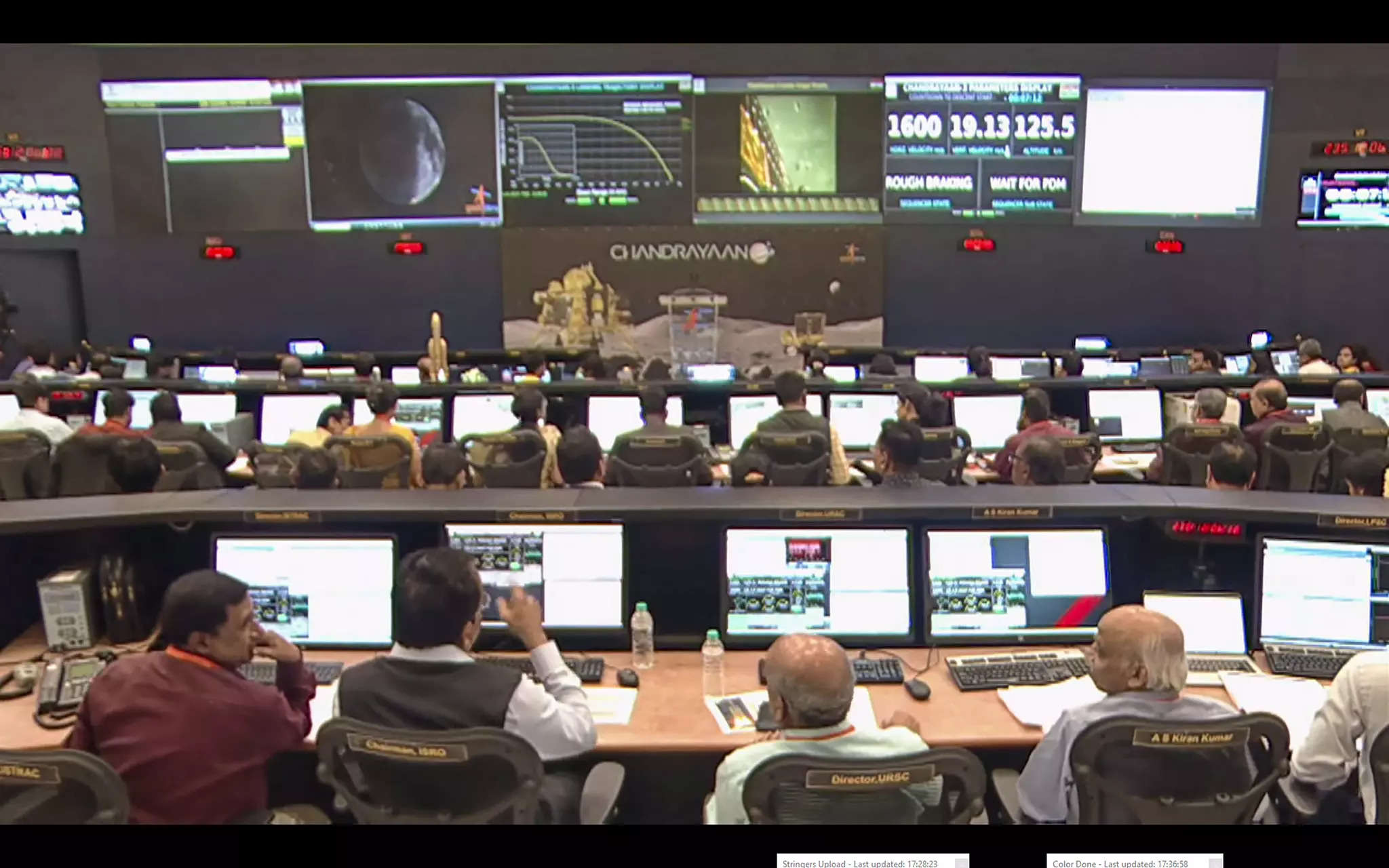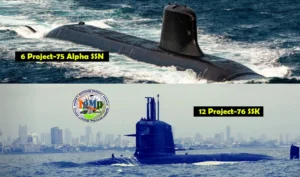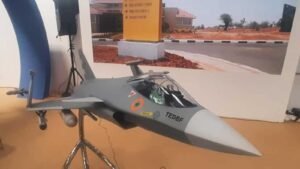YouTube’s Chief, Neal Mohan, congratulated ISRO on this remarkable feat. Posting on his timeline, Mohan exclaimed, “This was so exciting to watch — congratulations to the whole team at @Isro. 8M concurrent viewers is incredible!” This significant milestone not only highlights ISRO’s achievement but also the global interest in India’s space endeavors.
— nealmohan (@nealmohan)
The live-streaming event included a captivating 16-second clip, providing viewers with glimpses of ISRO’s mission control center in Bengaluru. This clip offered a comprehensive view of the entire journey, from the commencement of the broadcast to Chandrayaan-3’s successful landing, while also showcasing the jubilation and celebrations among the ISRO staff.
YouTube India’s X page played a crucial role in this milestone. On September 12, they posted a video with the caption, “things that made us go woah: India landed on the moon! @isro’s livestream on YouTube records a whopping 8 million concurrent viewers- we’re over the moon!” This acknowledgment further underscores the significance of this achievement.
— YouTubeIndia (@YouTubeIndia)
Since the soft-landing on August 23, the Vikram lander and the Pragyan rover have diligently completed all their scientific tasks during the one lunar day, equivalent to 14 Earth days. Currently, they are in hibernation mode, facing extreme lunar night temperatures that plummet to between minus 230-250 degrees Celsius.ISRO Chairman S Somanath has expressed optimism about the future of Vikram and Pragyan. He believes that once sunlight falls on their solar panels around September 22, there is a possibility that they will spring back to life. If these resilient machines can endure the harsh lunar night, ISRO’s Chandrayaan-3 mission could be extended, allowing Vikram-Pragyan to delve deeper into the mysteries of the Moon’s south pole.
Chandrayaan-3’s rover has already made significant discoveries. Through in-situ measurements, it has confirmed the presence of sulphur near the south pole—a groundbreaking finding. Additionally, the rover’s scientific instruments have detected other elements, including aluminium, calcium, iron, chromium, titanium, manganese, silicon, and oxygen, shedding light on the Moon’s composition.
Source link
#Chandrayaan3 #moon #landing #livestream #sets #YouTube #record #concurrent #million #viewers








